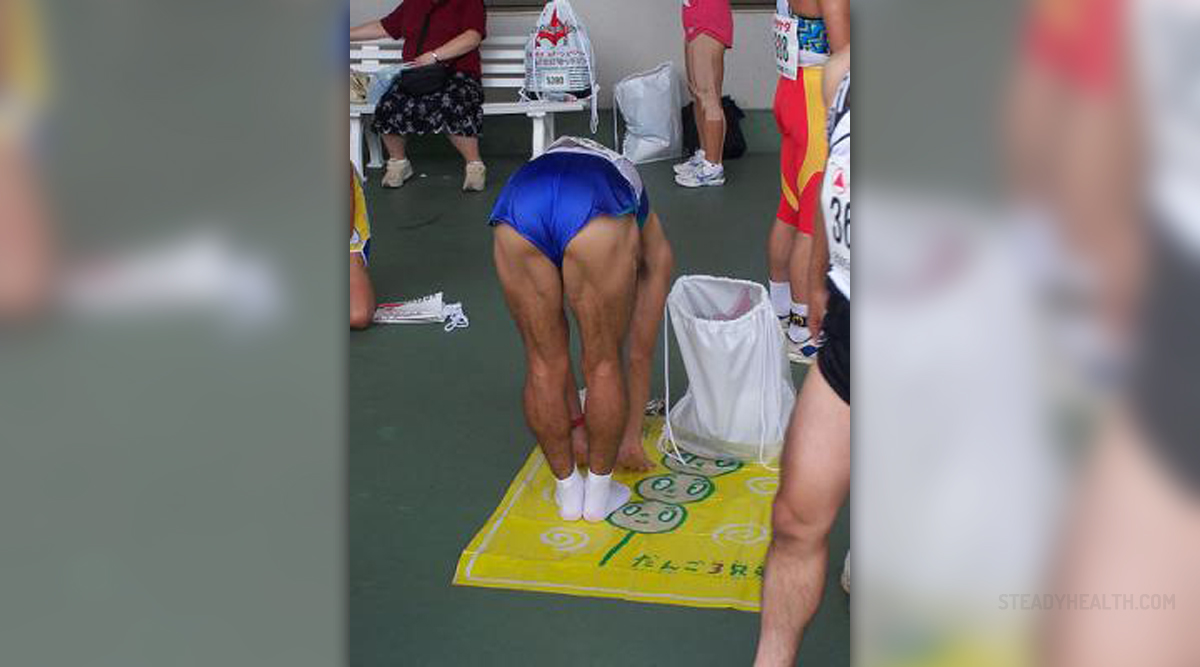
Almost everyone experiences a pulled muscle at least once in life. This does not go only for athletes or people who frequently work out, as a muscle can be pulled during everyday activities. It is not a pleasant experience because it involves pain and swelling, as well as limited movement. But it is not a serious problem and the recovery is complete in almost all the cases. The most common muscle groups that are affected are lower back, thighs, calves and abdominals.
The first thing to do in case of a pulled muscle is to stop immediately the activity that leds to it. It is necessary to rest and to refrain from physical activity that may cause additional strain to the muscle group in question.
Many people continue their work out even after they pull a muscle because they are afraid they will lose the results they obtained in their exercise, but this can only make the recovery longer. It is better to just take a little break or to work out other muscle groups.
The next step is to cool the muscle. When a muscle is pulled, the blood rushes to the area to promote healing and this causes swelling and pain. Ice pack is ideal for this, and if there is not one at hand, a bag of frozen peas or ice cubes wrapped in a towel will do.
It is important not to apply the ice directly to the skin because it will damage it and it will cause more pain. A towel or similar item should be put between the skin and the ice.
Ice should be applied for 20 minutes with 20 minutes of rest for two hours at a time, twice a day for the first two days. Also, some doctors recommend alternating ice pack with heat packs.
Compression is another important step for the recovery of a pulled muscle. It can be done with elastic bandage or similar wraps applied after cooling the muscle with ice. Wrapping should start at the edge of the muscle furthest from the body and move towards the body. The wrap should stay on for about two hours, followed by application of ice again.
Elevation is also important for healing of the muscle. It makes the blood flow away from the injured area back to the body and this reduces the swelling. Elevation is best if combined with ice packs.
Since there is usually some pain involved in this kind of injury, it is recommended to take pain relievers like Aspirin.
Pulling the muscle can be easily prevented through correct training. Gym staff and other professionals can provide useful tips on how to work out without risking a pulled muscle. It is also vital to stretch properly before any kind of physical activity that involves muscle strain.


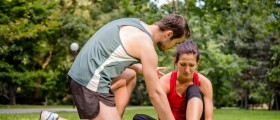
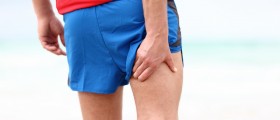

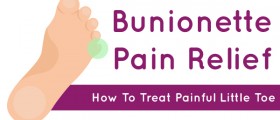



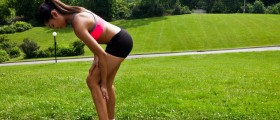
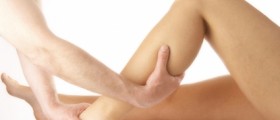
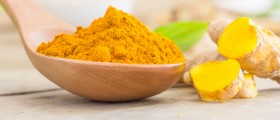
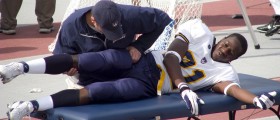




Your thoughts on this
Loading...